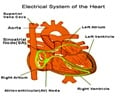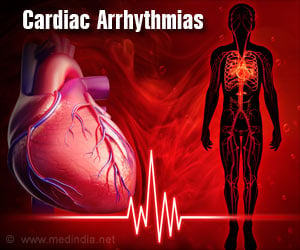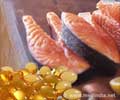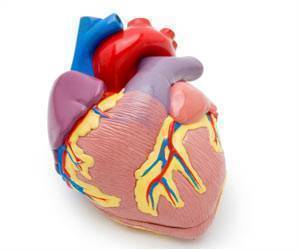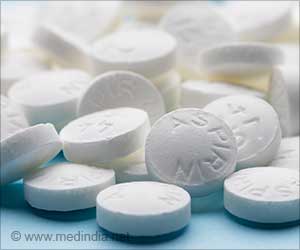Discover how omega-3 fatty acid EPA, found in fish oil, supports heart health by preventing arrhythmias like atrial fibrillation through its vasodilator and antiplatelet effects.
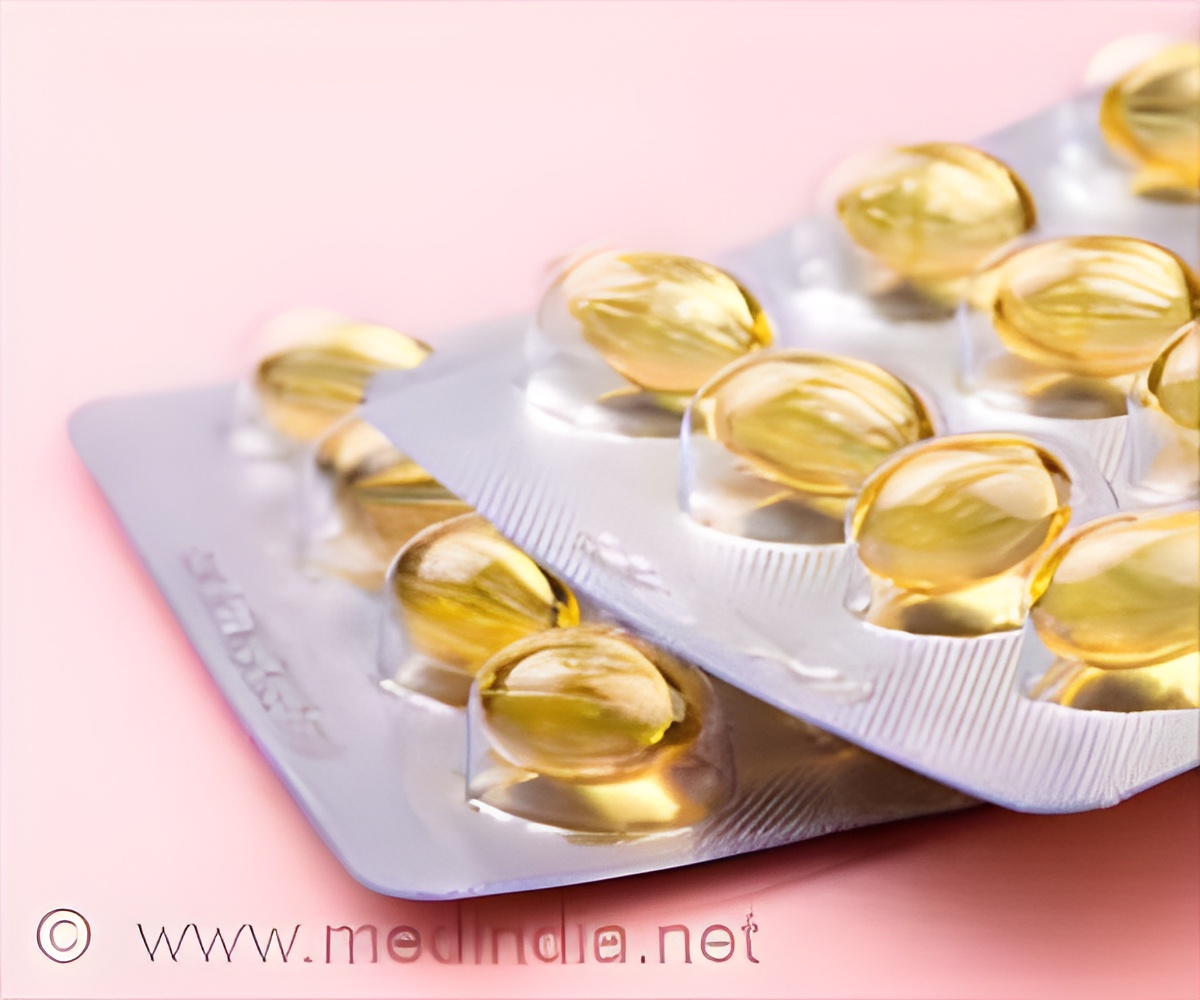
Eicosapentaenoic Acid Rescues Cav1.2-L-Type Ca2+ Channel Decline Caused by Saturated Fatty Acids via Both Free Fatty Acid Receptor 4-Dependent and -Independent Pathways in Cardiomyocytes
Go to source).
EPA’s Protective Effect on Heart Cells Uncovered
In a recent study published online in the International Journal of Molecular Sciences, a research team from Japan set out to bridge this knowledge gap. Led by Associate Professor Masaki Morishima from Kindai University, they investigated the role of EPA in inducing long-term electrical changes in cultured mouse cardiomyocytes using a variety of bioanalytical techniques. Their research article was co-authored by Dr. Katsushige Ono from Oita University and Dr. Kazuki Horikawa from Tokushima University.‘Omega-3 EPA: Your #heart's secret weapon! New research highlights its crucial role in preventing dangerous #arrhythmias. #hearthealth #omega3 #EPA’





The main focus of this work was on how an oleic acid/palmitic acid mixture (OAPA), two well-studied saturated fats, impact calcium homeostasis in cardiomyocytes by affecting Ca2+ ion channels, and whether EPA can rescue these changes and restore normal functioning. First, using real-time PCR, the researchers found that OAPA markedly reduced the mRNA levels of Cav1.2 L-type Ca2+ channels. Live cell imaging systems confirmed that OAPA also lowered the spontaneous beating rate of cardiomyocytes.
Notably, these changes were prevented when even a small amount of EPA was applied together with OAPA, rescuing both mRNA and protein expression levels of Cav1.2. Through electrophysiological measurements, the researchers also confirmed that the reduction in Cav1.2 channel current caused by OAPA was also prevented by EPA.
To gain more detailed insights into the effects of OAPA and EPA, the team then focused on a transcription factor known as cAMP response element binding protein (CREB), whose phosphorylation serves as an index of Cav1.2 transcription. While OAPA reduced CREB mRNA in a way entirely consistent with changes in Cav1.2 mRNA, EPA was able to prevent these alterations.
The researchers then turned their attention to FFAR4, an EPA receptor. Interestingly, the researchers observed that an agonist to FFAR4, mimicking the effects of EPA rescued the changes caused by OAPA, whereas an antagonist to FFAR4 outright blocked the effects of EPA. Together, these findings reveal that EPA is involved in a regulatory pathway mediated by FFAR4 that affects the regulation of L-type Ca2+ channels in cardiomyocytes.
Advertisement
Put together, this study has shed some much needed light on the underlying mechanisms by which EPA could bolster heart health. “Although there are techniques and drugs to control arrythmias, methods to prevent them have not been established,” remarks Dr. Morishima. Adding further, she states, “The results of our study suggest that EPA has a protective effect on cardiomyocytes by normalizing abnormalities caused by the intake of excessive amounts of saturated fatty acids, which occurs in high-fat diets.”
Reference:
- Eicosapentaenoic Acid Rescues Cav1.2-L-Type Ca2+ Channel Decline Caused by Saturated Fatty Acids via Both Free Fatty Acid Receptor 4-Dependent and -Independent Pathways in Cardiomyocytes - (https://www.mdpi.com/1422-0067/25/14/7570)

